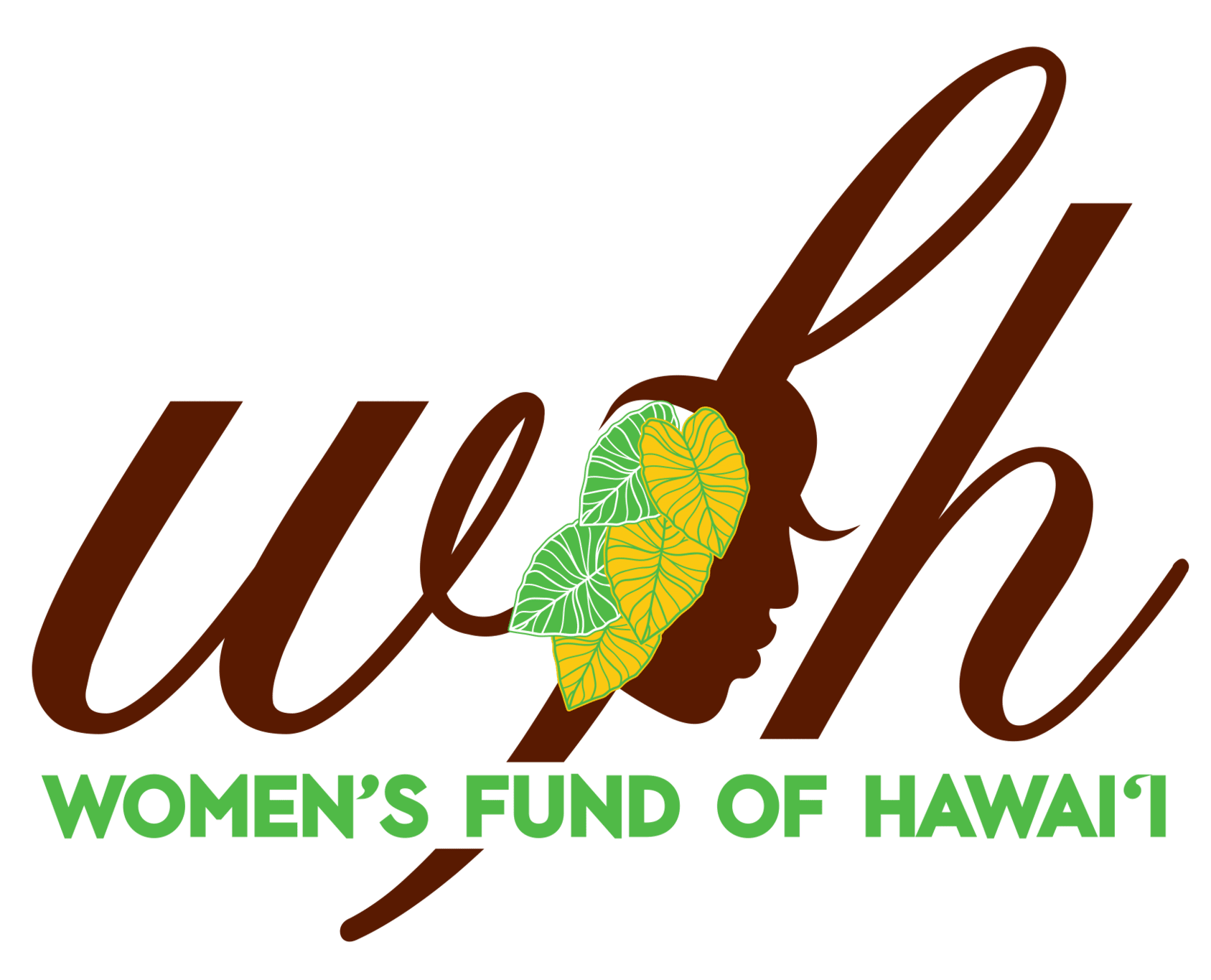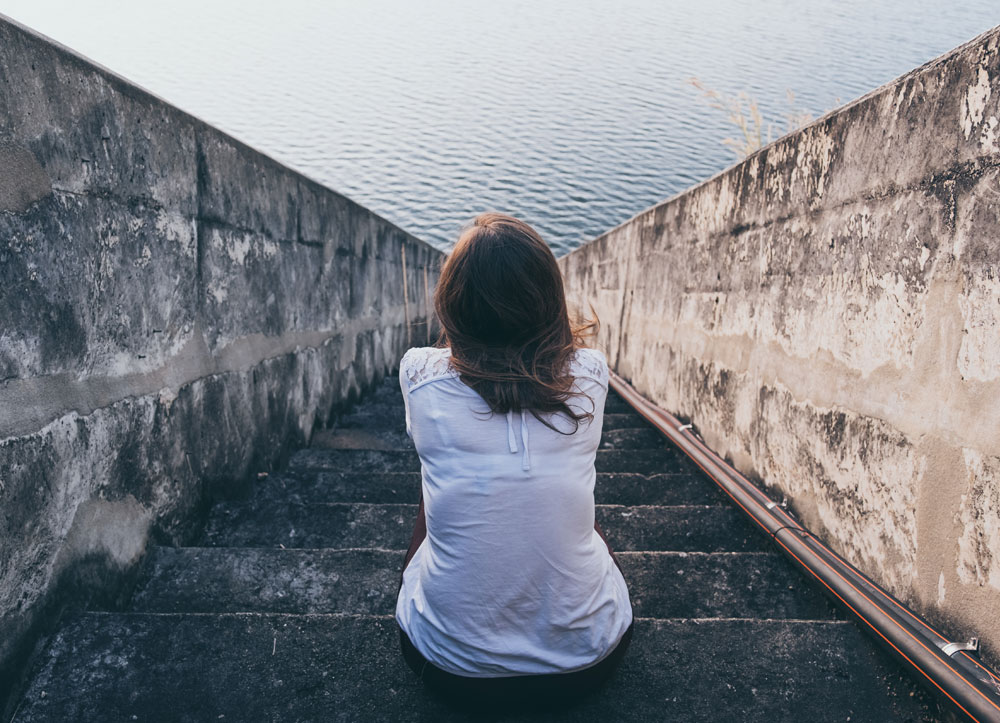Research
Research
The Status of Women in Hawaii (2022)
Our updated fact sheet- made possible by the innovative partnership between the Institute for Women’s Policy Research and the Women’s Funding Network- gives a snapshot on where Hawai‘i stands with gender equity, reproductive rights, and gun safety.
* In 2021, median annual earnings for Asian American Pacific Islander full-time, year round women workers in Hawai`i was $42,615 compared to the median earnings of white men who are not of Hispanic or Latino heritage at $60,000.
* While Hawai`i mandates sexual education in public schools, the curriculum does not ensure consistent quality; positively, period products are now free in Hawai`i’s public schools.
* According to the FBI’s Supplemental Homicide Report from 2016 to 2020, 14 women in Hawai`i were murdered with firearms. 64 percent of these deaths occurred among Asian and Native Hawaiian communities.
Download Hawaii’s fact sheet here

The Gendered Impact of COVID-19 in Hawaii
The COVID-19 pandemic is a multi-dimensional and still unfolding crisis. Across the multiple spheres of life COVID-19 has impacted, we can document vast distributional differences in terms of who is most affected, with those impacts being uneven depending on how one is positioned by race/ethnicity, gender, sexuality, disability, class/socioeconomic status, and other factors. The purpose of this report is to analyze the gendered impacts of the pandemic up to the current moment, in order to help inform feminist advocacy, organizing, and policymaking processes in and beyond.
Pathways in the Pandemic: Intersectional Impacts of COVID-19 in Hawaii is made possible thanks to major support from the TIME’S UP Foundation and the Time’s Up, Measure Up initiative. Time’s Up, Measure Up is generously supported by Pivotal Ventures, an investment and incubation company created by Melinda French Gates. Additional support was provided by the Hawaii State Commission on the Status of Women and our donors.
Download the full report Pathways in the Pandemic
Download the Executive Summary
Download the brief Women and Work in the Pandemic
The Status of Women in Hawaii Report (2017)
In 2017, Hawaii was one of only seven U.S. states where men outnumber women. While women in Hawaii and the United States have made progress over the last century, we continue to be paid less than men, are more likely than men to live in poverty, suffer more from poor mental health, and continue to experience intimate partner and sexual violence. Furthermore, wide disparities in race and ethnicity persist, indicating that not all women benefit equally from the progress that has been made here and across the US.
Nevertheless, Hawaii is unique among the fifty states. Beyond its geographical remoteness, its ethnic and political history, and its ample natural resources and strategic position within the Pacific Rim, Hawaii has many opportunities to participate and compete in the national as well as global economy. Consequently, women have the potential to leverage these opportunities to collectively advance the fortune of all Hawaii. If we can better understand the unique identity, history and culture of Hawaii’s women and girls, we can overcome many barriers to success.
In 2017, thanks to a generous grant from the Wallace, Elizabeth, and Isabella Wong Family Foundation, Women’s Fund of Hawaii commissioned a report on the Status of Women in Hawaii from the Institute of Women’s Policy Research (iwpr.org). It is our hope that the findings in this report may be used as a guide to shape services and policy to improve the lives of women and girls in Hawaii.
Download the report, The Status of Women in Hawaii, here
October 2018 US Economic Security Data
New updated fact sheets released by the Institute for Women’s Policy Research (IWPR) find that one in three working adults in the United States is economically insecure. Only 67 percent of working adults (aged 19-64) in the United States are economically secure, meaning their family household income is enough to meet monthly basic expenses and reach modest asset development goals. The Basic Economic Security Tables (BEST) Index provides a measure of how much income working adults of different family types need to be economically secure in each state.
So how does Hawaii measure up?
- In Hawaii, just 61% of working adults have enough income to meet monthly basic expenses, such as housing, child care, and transportation.
- A single parent with one infant needs $66,588 annually for basic economic security. (Meanwhile, according to WFH’s report, the median annual earnings for women in Hawaii is $40,000.)
- Of all household types, single women with children are least likely to have economic security (19%) and are only half as likely to be economically secure as single men with children (40%).
- Hawaii ranks 49th in the nation – ahead of only New York and California – for the share of working adults who are economically secure.
For more information, visit iwpr.org/best.
Download the National fact sheet here
Download Hawaii’s fact sheet here


